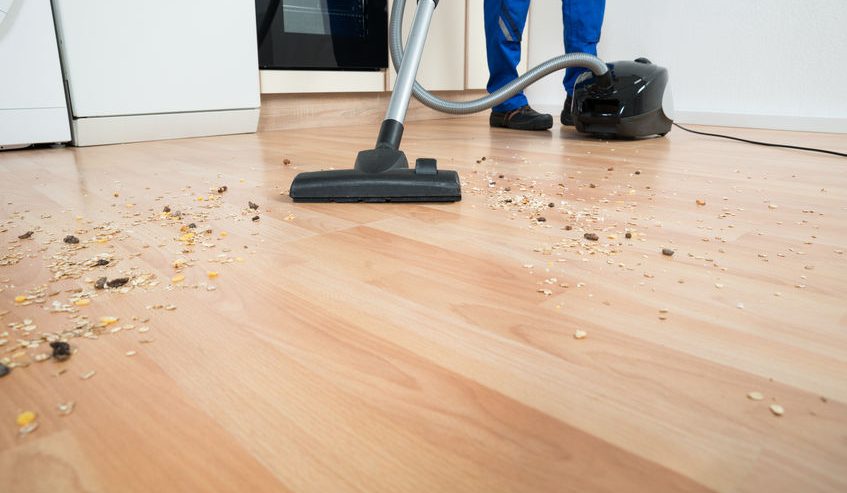Hardwood Care for Winter to Avoid Big Costs
The harsh weather conditions of winter are fast approaching, which means homeowners across the country are turning their attention to protecting their homes from the impending snow and ice. In many homes, one of the most crucial task is deciding how to preserve their hardwood flooring through the year’s most severe months.
While durable, hardwood floors are still vulnerable to the increased moisture of winter, which means you need to prepare in advance to give your floors the extra layer of security they need. Here are some simple tips for hardwood flooring maintenance that will ensure your cherished wood flooring makes it through the winter unscathed.
The Importance of Protecting Your Hardwood
Why is protecting your hardwood flooring so important? Well, simply put, installing a hardwood floor is a huge investment, and if you fail to protect your hardwood flooring, then you might be facing a total replacement and the associated costs.
Installing a new hardwood floor requires several different costs, including materials ($138.00 to $1,253.00 for 120 sq.ft.), labor ($243.00 to $483.00) and total costs ranging between $429.73 and $2,107.32. As the size of your replacement grows, so will your costs.
Protecting your floors this winter is so important because it helps you save money on replacement costs.
Protect Your Flooring
The biggest threat to your hardwood floors during the winter months, particularly in entryways, is the moisture associated with ice and snow. Too much moisture can warp and damage your wood floors beyond repair, which means that preventing moisture exposure should be your number one priority when it comes to hardwood floor maintenance.
In the high traffic areas of your home where you’re likely to track in ice and snow, you should lay down protective floor mats or area rugs. Mats and rugs will help to absorb excess moisture and protect your hardwood flooring from the damage that is common during the winter.
Avoid Temperature Changes
In addition to the ever present risk of moisture exposure during the coldest months of the year, extreme temperature swings can also be a big problem, possibly causing your wood flooring to crack and splinter. While difficult, protecting your flooring from extreme temperatures is one of the best ways to make sure that your floors are preserved throughout this harsh season.
First, you should make sure that the temperature in your home stays consistent. Secondly, check all your doors to make sure they are properly sealed so that cold air can’t get inside and damage your flooring. Finally, ensure that you enter and exit your home as quickly as possible. Constantly opening and closing your door can lead to sudden temperature changes that can negatively affect your wood flooring.
Hope for the Best, Plan for the Worst
When it comes to protecting your hardwood flooring, it’s always best to plan for disaster, which means having the equipment on hand to protect your floor when an emergency strikes.
Beside your home’s entryways, you should make sure to stock all the tools you’ll need to clean up an icy, snowy mess as quickly as possible. Thick moisture absorbing towels and a wet-dry vacuum should be kept on hand so that you can address puddles as soon as possible. Additionally, it’s a good idea to have some sort of container for boots and shoes so that you can store your wet footwear away from your hardwood floors.
Preparing for any and all contingencies will make sure you’re able to enjoy your hardwood floors for years and decades into the future.
Regular Hardwood Flooring Maintenance Protects Your Investment
Winter is a stressful time as a homeowner, especially if you’re unsure of how to best protect your hardwood flooring. Fortunately, a you can see, hardwood flooring maintenance during the winter is actually very simple when you have the right tools and tips at your disposal.





Comments
Comments are disabled for this post